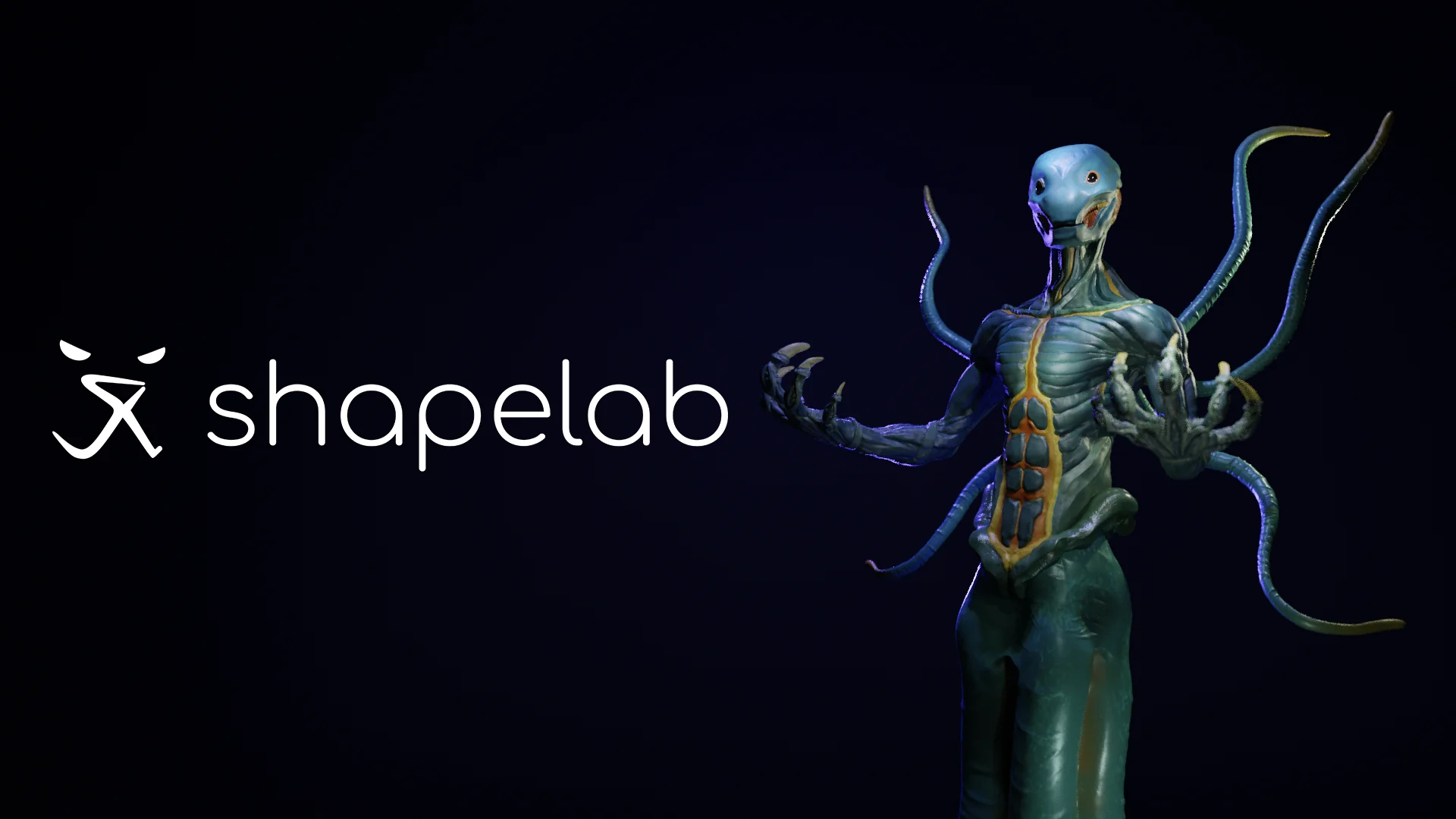Virtual Reality Revolutionizes 3D Modeling according to new Shapelab study
Virtual Reality Revolutionizes 3D Modeling according to new Shapelab study

San Mateo, California – September 12th, 2023 – Leopoly, a leading VR 3D developer company, is breaking new ground in the world of 3D design with its innovative software, Shapelab. Their recently published study, “Virtual Reality: The Gateway For Non-professionals to Solve Complex Design Problems, “ sheds light on how virtual reality (VR) is transforming the way people learn and apply 3D design skills.
The demand for 3D design skills is surging across various industries, including gaming, movies, healthcare, and education. However, for professionals from diverse backgrounds, mastering these skills can be a daunting challenge. Leopoly recognized this gap and leveraged the power of VR to democratize 3D modeling, making it accessible to a wider audience.
Shapelab started out as a VR 3D creative software prototype, available from 2017 on Steam for enthusiastic early adopters. For a few years, it remained an early-access software, and features were gradually implemented as it attracted more and more interest. It wasn’t until 2020 that the software became a focal point for the team. Since then, they have continuously enhanced it,
culminating in the release of the latest version in July 2023.
The article published in the Association for Computing Machinery’s Digital Library showcases how VR has opened doors for users from diverse professional backgrounds.
Virtual reality caters to beginners in 3D design and aspiring digital sculptors who create 3D models for their projects, such as indie developers, students, and hobbyists. VR eliminates the steep learning curve associated with traditional 3D software, allowing users to immerse themselves in a 3D space, engage with their work at life-size, and create concepts and 3D assets with ease.
Another example is in the film industry, where often there is a need to create lifelike props from natural assets and environments. This process can be digitized thanks to photogrammetry. Cleaning up and editing 3D scans is another process where VR could offer an advantage compared to traditional 3D software, as it provides spatial vision, simplifies the inspection and editing processes for 3D scans, and makes the cleaning process faster.
Traditional sculptors are also benefiting from VR, as it provides them with the freedom to work without the constraints of physical materials. Sculptor Tom Aust, an interdisciplinary artist, describes VR as “a wonderful extension” of his work, enabling him to create digital sculptures with lifelike precision.
Another promising area described in the article is healthcare, specifically prosthetics and orthotics. Traditionally, practitioners in this field relied on physical molds, but the digital workflow is proving to be more accurate and efficient. Clinicians with craftsmanship backgrounds used
Shapelab to edit 3D body scans in VR and found VR interactions to be intuitive, enabling them to create prosthesis sockets digitally with ease.
Summarizing the findings from their users, the Shapelab team highlights the challenge newcomers face when navigating 3D design on a 2D screen. VR, on the other hand, places them in an immersive 3D environment, providing an intuitive experience and a sense of success from the start. Moreover, virtual reality offers an enjoyable and relaxing experience for both beginners and professionals.
While VR 3D creative applications have made significant strides, they have not yet fully replaced traditional 3D modeling tools for professionals. However, the VR market is evolving rapidly, with innovative applications like Shapelab continually expanding their capabilities.
Leopoly’s vision for Shapelab is clear: to develop tools that maximize virtual reality interactions, providing an intuitive experience for organic sculpting. Shapelab stands out among VR creative tools with its polygon mesh-based engine, offering both professional-grade features and an intuitive interface for beginners.
Shapelab’s aim is to lower the barriers of entry to 3D design. The team believes that virtual reality will empower a wider audience, including aspiring creatives and specialists from non-design-related fields, to contribute to and shape the future of 3D modeling.
At SIGGRAPH 2023, Leopoly had the opportunity to showcase Shapelab in two official programs. Their presentation at the Educator’s Forum delved into the potential of VR as a gateway for non-professionals to solve complex design problems, highlighting use cases where Shapelab has provided invaluable tools for users from various backgrounds.
About Shapelab by Leopoly
Shapelab by Leopoly is a VR design application that uses polygon mesh-based sculpting technology to empower everyday users to become 3D creators. Shapelab’s robust suite of efficient tools and ease of use make it accessible to beginners while accommodating the needs of 3D design professionals. For more information about Shapelab, please visit Shapelab’s website: https://shapelabvr.com/
Youtube: https://www.youtube.com/c/ShapeLabVR/
Facebook: https://www.facebook.com/shapelabvr
Twitter: https://twitter.com/shapelabvr
Instagram: https://www.instagram.com/shapelabvr/
Leopoly: https://leopoly.com/products/shapelab
Linked In: https://www.linkedin.com/company/leopoly/
Source:Shapelab

熱門頭條新聞
- The CES® 2025
- ENEMY INCOMING! BASE-BUILDER TOWER DEFENSE TITLE ‘BLOCK FORTRESS 2’ ANNOUNCED FOR STEAM
- Millions of Germans look forward to Christmas events in games
- Enter A New Era of Urban Open World RPG with ANANTA
- How will multimodal AI change the world?
- Moana 2
- AI in the Workplace
- Challenging Amazon: Walmart’s Vision for the Future of Subscription Streaming
